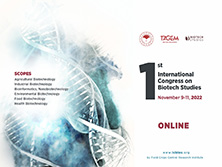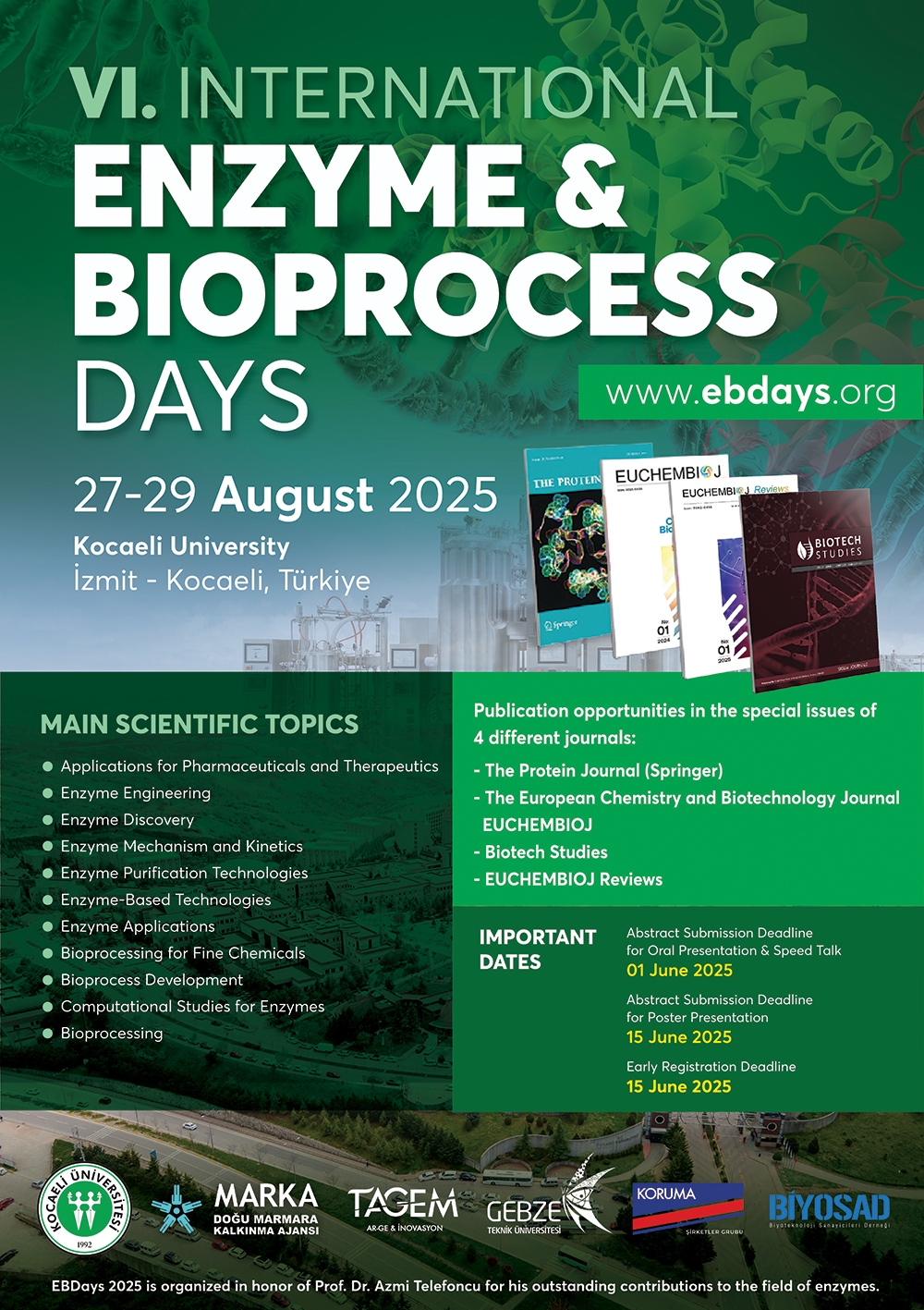Biotech Studies
2024, Vol 33, Num, 2 (Pages: 091-097)
The developmental stage is a critical parameter for accurate assessment of the drug-induced liver injury (DILI) potentials of drugs with the zebrafish larval liver model
2 Department of Medical Biology, Faculty of Medicine, Dokuz Eylul University, 35340, Izmir, Türkiye
3 Current address: Istanbul University-Cerrahpasa, Faculty of Pharmacy, Department of Pharmacognosy, Istanbul Türkiye DOI : 10.38042/biotechstudies.1504029 - Prediction of drug-induced liver injury (DILI) potential of drugs is one of the most challenging issues of drug development. Zebrafish larvae provide an in vivo and robust test platform. Due to the ease of handling developing larvae between 2 - 5 days post fertilization (dpf) has been extensively used as a DILI test model. However, the liver is not fully functional at this stage. Here, the importance of larval liver maturation was tested by applying selected known DILI-rank drugs to liver reporter zebrafish between 2-5 dpf and 5-7 dpf. Acetaminophen (most-DILI) treatment caused a significant dose-dependent reduction in liver size only at the early stage. Isoniazid (most-DILI) administration after liver maturation induced hepatomegaly, while it induced liver size reduction between 2-5 dpf. Chlorambucil (less-DILI) treatment induced opposing effects on liver size, in the two stages tested. A non-DILI agent chloramphenicol did not induce any liver size change in either larval stage. Clinical observations were better reproduced when isoniazid and chlorambucil were administered after liver maturation. Our findings show that often-overlooked liver maturity status is a critical parameter for the evaluation of DILI. Keywords : Acetaminophen Isoniazid Chloramphenicol Chlorambucil Hepatic injury
















